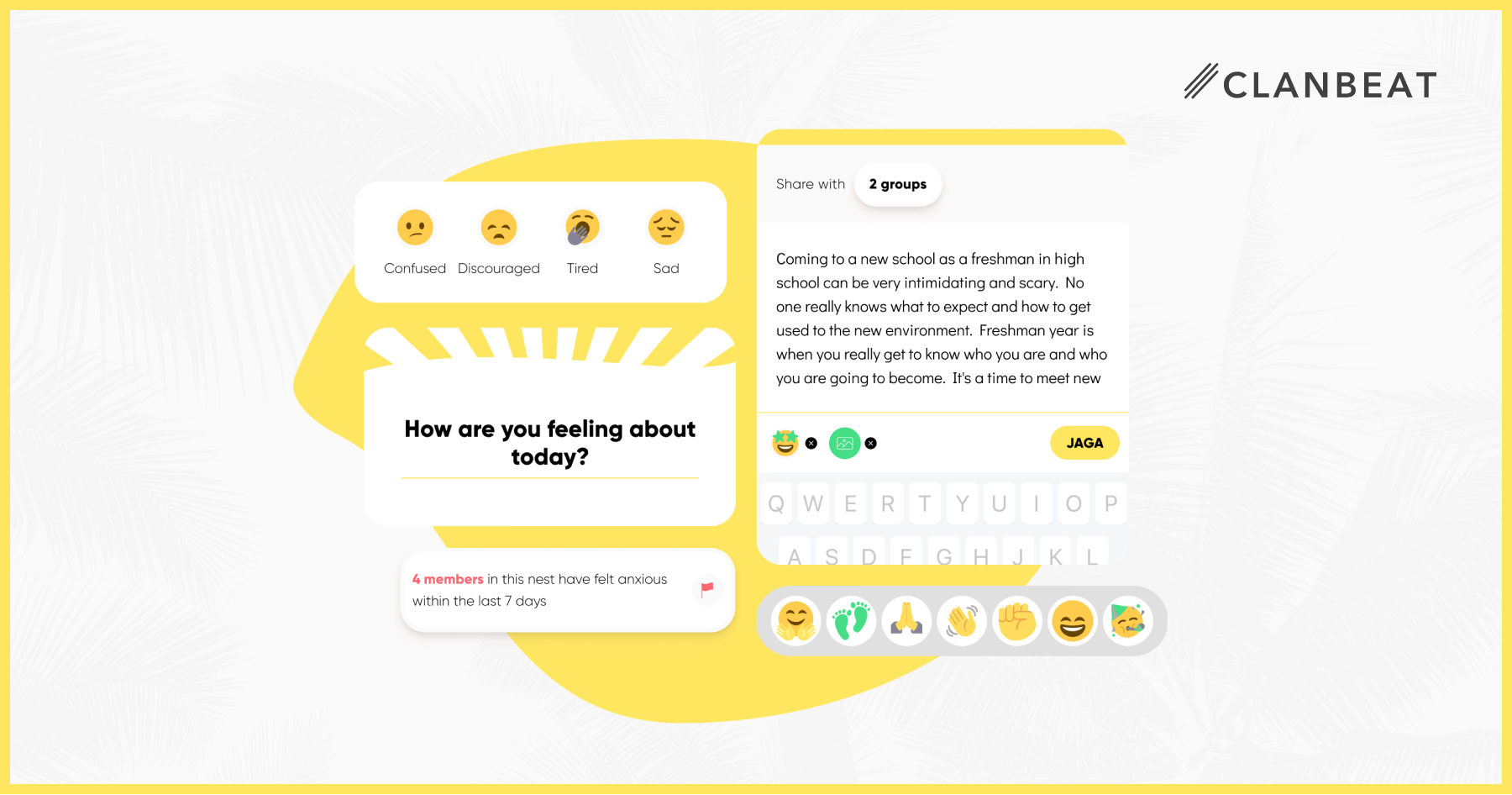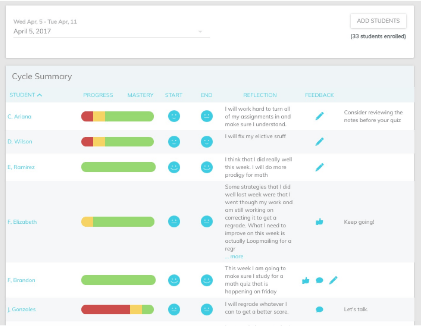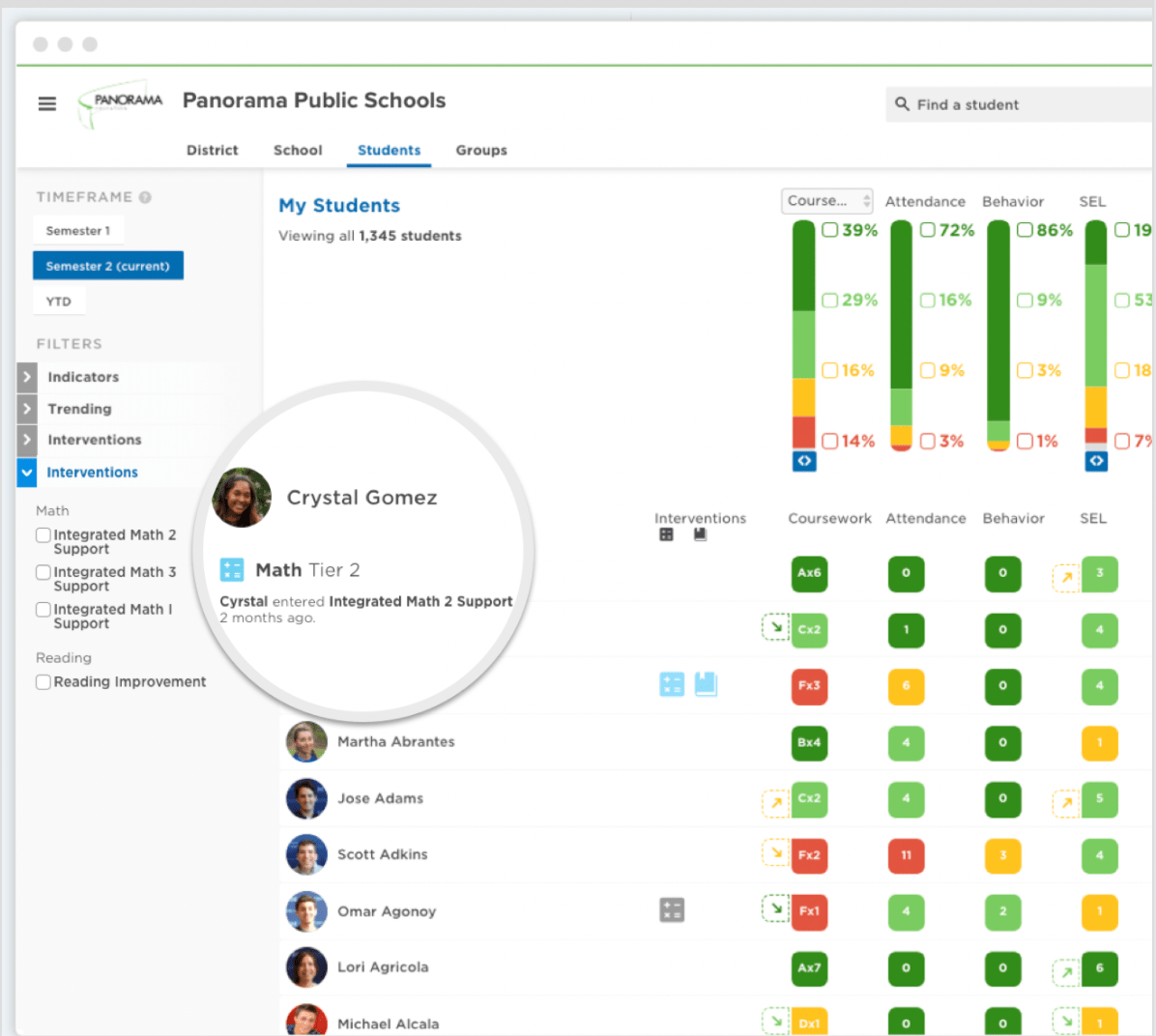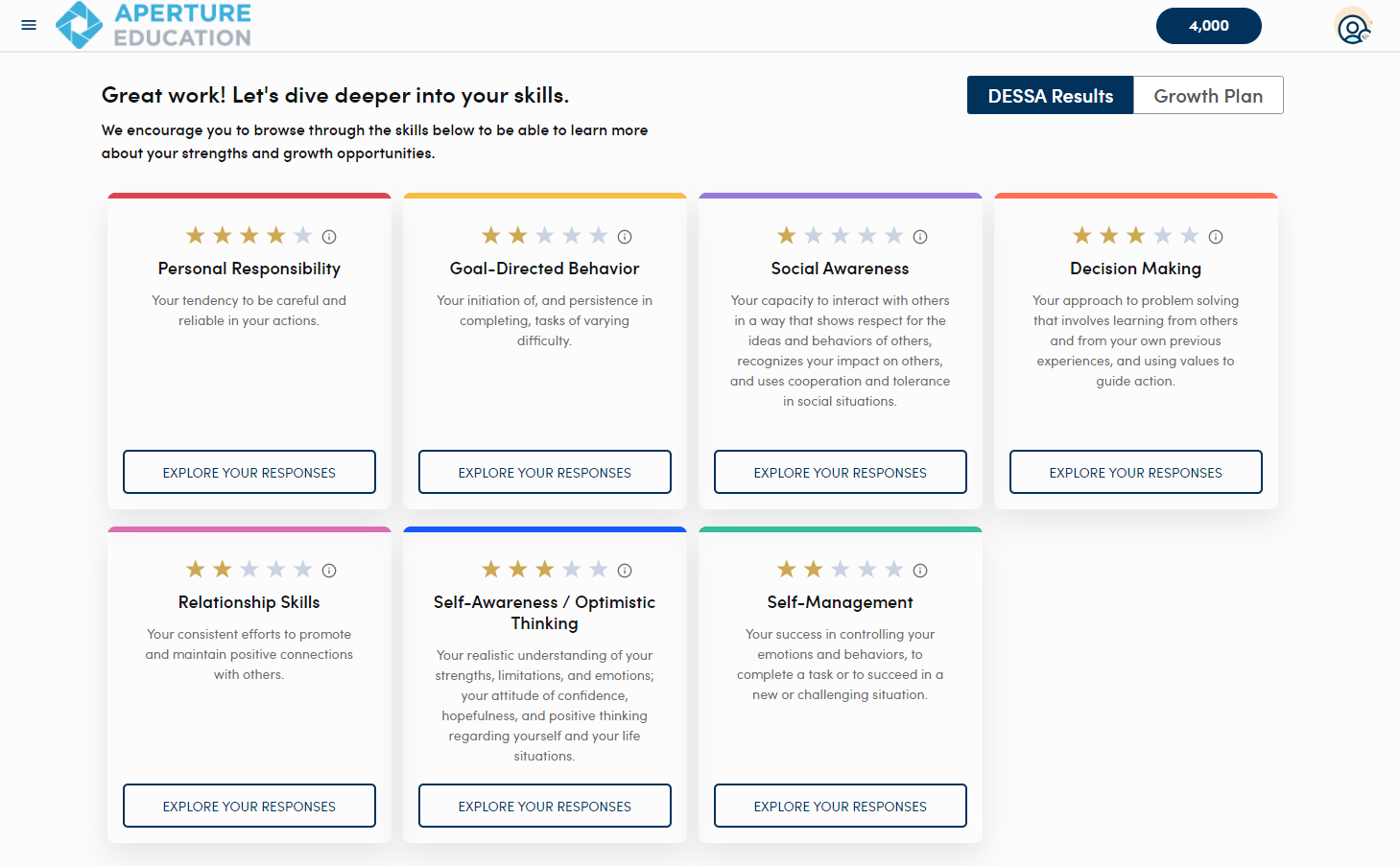What cannot be measured cannot be improved
We all know that what cannot be measured cannot be improved. In our last article we looked at tools to help schools and educators implement a well-being policy, but how do we measure well-being? More broadly, how to measure SEL (Social Emotional Learning) in schools?
This is the motivation for this week’s article which should help school leaders and decision makers gain insight into their Social Emotional Learning (SEL) practices and their effectiveness as well as identify support areas to improve. Keeping in mind that a systematic SEL plan should take a holistic and progressive approach and be integrated in the day to day practices by schools rather than treated as a postmortem, implemented narrowly or abruptly.
Before we jump into practical suggestions and introduce some tools, it’d be worthwhile to take a step back and understand how insights from SEL practices could lead to better decision making and overall beneficial outcomes.
Research in behavioral science has shown that social, emotional and cognitive capabilities of human development are all fundamentally interdependent in their development . So spoiler alert! This means that schools might have to use cognitive skills and executive functions assessments in conjunction with SEL measurements to draw a complete picture. An effective implementation of SEL also requires engaging all the school environment including educators, volunteers, administrators, families and other stakeholders. This will ensure that the gathered feedback is continuously used to improve practices and results. For this to happen, school leaders will need to not only find solutions to implement age specific and progressive SEL policies for the students but also provide for teacher self-development and support as well as parent engagement and SEL assessment tools.
Now that we have covered some general grounds as to how SEL should be implemented, let us delve into some practical tools to measure SEL practice. The following tools are mostly available in the US market but might also have worldwide offerings. Meanwhile we are keeping a close eye on any contenders that would cover the rest of the world.

Clanbeat
Clanbeat is an all-round class well-being tool. It supports the whole cycle of learning by providing a safe communication space as well as support for goal setting, reflections and mood tracking. The analytics dashboard offers teachers a snapshot of the students emotional status to review and make timely interventions. Clanbeat also offers aggregated real time mood statistics from shared posts and reflections.
An upcoming feature for school-wide Clanbeat accounts is a weekly email report or snapshot for a more detailed view of how each class is doing. The Clanbeat app is very much co-designed together with schools, so feel free to make suggestions on what type of analytics you are after to make it a reality for your school soon.

Sown to Grow
Sown to Grow in essence is a goal-setting and reflection tool, students can track their goals digitally, and teachers can coach and support them. At the heart of Sown to Grow lies the concept of agency and student-driven growth where students take an active role and develop a skill which is known as learning to learn.
Sown to Grow also makes reflection a regular part of a learning cycle. However, they also provide a dashboard where teachers get a summary of performance data that includes goals met, progress, reflections at the beginning and completion of the goals and can give feedback to students right from the platform. Sown To Grow seems to be only available on the web.

Panorama Education
While the rest of the tools we have here are a hybrid of SEL implementation and insight reporting, this one’s main focus is on gathering data insights over the state of your school’s SEL practices. Panorama Education offers a full suite of tools to help support schools including social-emotional learning surveys, tiered intervention planning, and professional development.
To quote Aaron Feuer, the founder of Panoramaed: “Really this is an alternative to schools bringing in really expensive consultants who help figure out what’s going on, and gather feedback in the community,” Feuer said. “Most schools can’t afford those consultants. We can offer better service at a lower cost, that makes it affordable for every district, not just the richest ones.” The company has a strong focus on data analytics with their 12 million K-12 students in 21,000 schools which should help the accuracy of their results.
Their analytics offers demographic data to allow for age based and progressive data gathering. This demographic breakdown helps to understand how different groups are experiencing school as well as to tailor initiatives and efforts toward those groups who may need additional support.

Aperture Education
Aperture Ed essentially offers a well regarded SEL assessment framework called DESSA where actionable data and reporting helps SEL admins measure the impact of their programs and helps educators understand students’ SEL strengths and needs.
With the recent acquisition of Ascend, creator of goal-based student engagement software, they have also entered the digital space. The platform boasts a mobile-friendly software platform to engage students in their own social and emotional learning where they can assess their own SEL skills as well as access the real-time results and goal-based SEL strategies
Aperture has offerings for K-8 level as well as Aperture Student Portal for high schools and currently serves nearly 1 million students and 42,000 educators in the United States.

ParentSquare
ParentSquare is a tool designed specifically to help preK-12 educators that addresses the parent engagement part of SEL. Using this tool helps school leaders put the guesswork out of the equation and implement a clear strategy for parents engagement. While parents engagement is only half of the equation, the other half is driving and measuring results from engagement efforts.
ParentsSquare offers an analytics dashboard to address just that! The dashboard features intuitive graphs to help take well-informed steps for community engagement. You can expect things like stats on number of messages sent and number of users engaged throughout the academic year on a per-user and aggregate levels. These reports can later be exported and used by management.
Using the tool schools can make sure that their messaging is delivered and seen by parents and whether or not parents find the content and style of messaging resonating.
Parents could in turn comment or take on responsibilities or reply to schools’ messages. On the flip side, there seems to be a lack of input from the kids’ side. While topics regarding kids’ matters could be discussed at length between the school and parents, there really doesn’t seem to be a direct way for kids to contribute to the conversation and this might make the stats a tad bit biased!

Talk soonHesam Mindfulness enthusiast @Clanbeat
Stay tuned for more
Here you have it! Hopefully this will give you ideas on how to go about using digital tools to implement and measure SEL policies in your school. The emergence of digital tools to support SEL in schools is still in its infancy and we are hoping to see more validation and well-polished comprehensive tools as we ease into the post-pandemic realities.
One of the current challenges is that schools often will have to resort to using multiple tools to support the entirety of their SEL practices and will have multiple learning curves to go through. With the immediate urgency of implementation of SEL policies though, we should be seeing the necessary changes happening more rapidly and witness a shift towards more wholesome approaches in the market.
Have you heard of any other SEL insight and reporting tools that you would like to share with us? We are keen to hear your thoughts on this article and any other tools and initiatives you might be aware of or using.
Write to us at [email protected] or join our Clanbeat Educator Community on Facebook